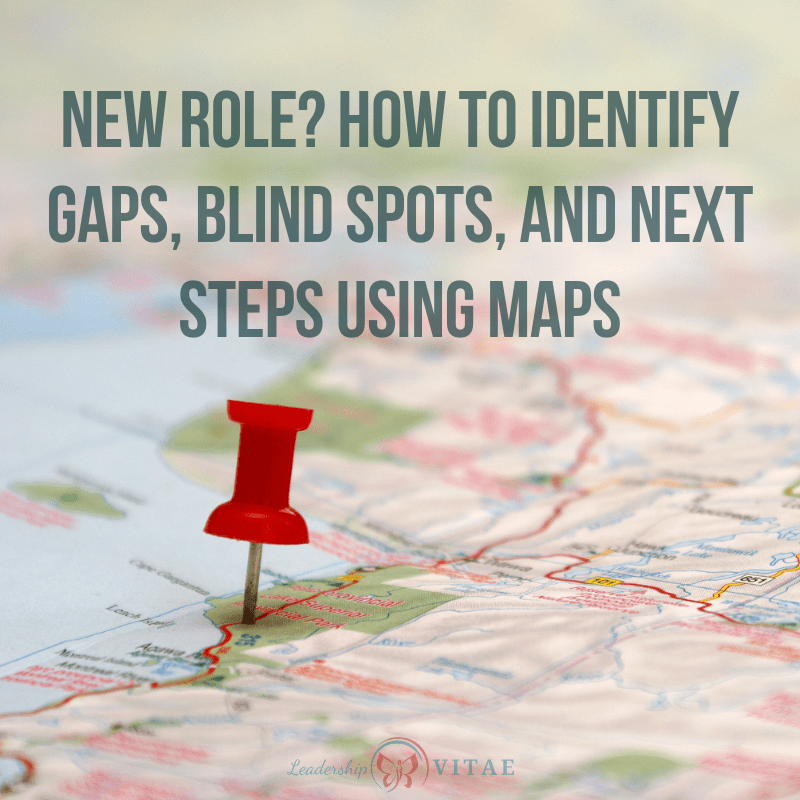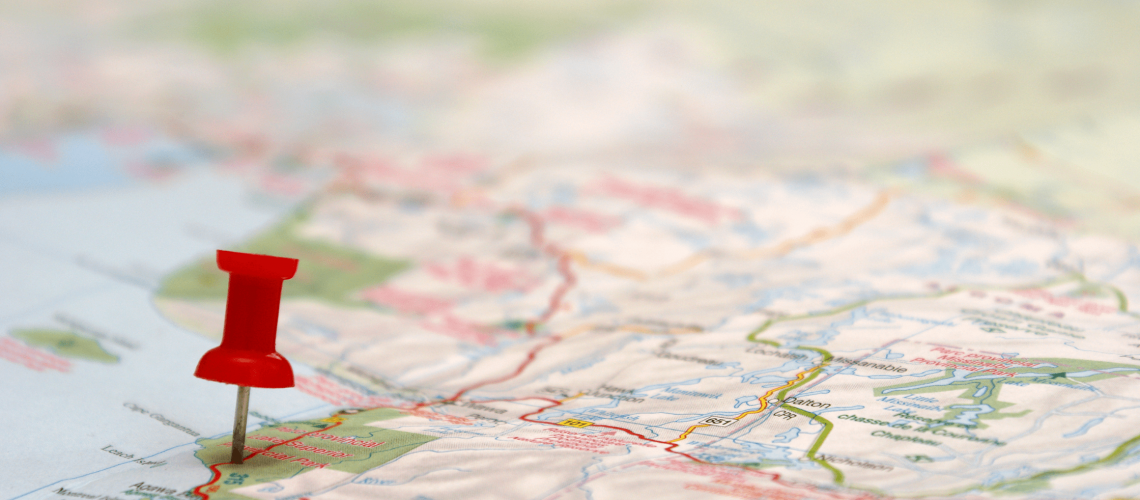
It’s early days in a new role. Like most early relationships, I’m in the honeymoon period. Everything is new, I’m learning a lot, and energy is high. I have to regularly remind myself that this is a marathon, not a sprint.
I can’t possibly learn everything I need to know on day one (or five). Fortunately, I’m not the only one reminding me to pace myself. There’s a supportive group of folks around me who know, better than I do, the fire hose I’m currently drinking from.
At the end of week one, I joined in on office hours with my friend Michael Santarcangelo. As a group, we were discussing how to move forward when we don’t know the path, have all the answers, or know all the risks (by the way – we never do).
While the rest of the group was coming in with experienced perspectives to the table, I was coming in both as experienced and as a newbie to my latest role. Together, we talked through how to get from uncertain to forward movement.
Build a map
When starting a new role and determining how to move forward, having a map is critical. Maps help us understand where we are (like the “YOU ARE HERE” markers on a building map) and how to get where we want to go.
In a new environment, we may not have a lot of detail on our maps. With each conversation, we can add information. Fill in what we learn about our team, customers, organization, products and services, etc.
Our map can be lists, diagrams, process flows or whatever helps us make sense of the information we’re gathering. Sometimes, organizations have maps to help us get started. Context diagrams of technologies and systems. Org charts to show relationships.
As I begin a new role, I use a mix of both. I have a wall filled with post-it notes to help structure the information I’m gathering and highlight questions. As I gather information from my team, peers, and leaders, I’m able to fill in portions of the wall, and identify new areas of focus and learning.
Creating maps, or expanding on those we’re given, help us figure out what we know, what we need to know, and how to move forward with effective intention.
Benefits and risks of the known
While I’m working for a new company, I’ve been pleasantly surprised with how much is familiar. Applications are ones I’ve used previously and agile processes are similar.
While this feels great, it’s highly risky. I’m quickly filling knowns into my map and building confidence in the role. At the same time, I’m reminding myself that there is no possible way for me to know all that I need to know to make the best, most informed decisions.
Starting with what we know is intoxicating, but we should have caution. We may think we can start moving forward and making decisions with confidence. However, we might not know if there’s a ditch or cliff in front of us. We need to fill in the gaps on our map.
Pursuing the known unknowns
Gaps are the unknowns, which often come in two flavors. The ones we know, and those others do.
Our experience may tell us there’s an unknown we need to fill. As we learn more, we determine new questions to ask. New unknowns we know to pursue. These are questions we can bring to our team, peers, customers, etc to get answers.
The next are the unknows we aren’t aware of, but others are. Every organization has history. What’s been tried, changed, or developed already. The ditches and cliffs we may unwittingly run into headfirst if we aren’t careful, though others have full awareness.
Michael made a great suggestion to discover these types of unknowns. When engaging with others, ask “what do you know, that I don’t yet know, that is relevant to this decision [or conversation]?”
This type of engagement demonstrates our humility and willingness to engage others with experience and history we don’t have. Asking questions and remaining open to learning are things we can do regardless of how long we’ve been in a role.
Finding blind spots
Unfortunately, the one thing our maps can’t easily help us find are blind spots. The unknown unknowns…what we don’t yet know and others don’t know to help us learn.
To bring unknowns into the known, we may need to look outside of what we can easily access. What have others done that are attempting a similar journey? What other maps may exist that can influence our own?
So much information is at our fingertips. We can read, network, or attend training and conferences to gather information from others.
We can also experiment. Recognize and accept that there are things we won’t know, nor will those around us. Failing fast at new things will allow us to learn and pivot. As long as we create a space where mistakes and errors are seen as fertile ground for growth, we have the space to find and fill blind spots.
As we go into new territory that hasn’t been explored before, we’re building the first map. We’re going to run into roadblocks and challenges. Capturing those means we can have a repeatable process – or map – for others to follow.
Become a master mapmaker
Every time we start a new role, we are on a journey to a new destination. We are headed towards a new version of us and new outcomes.
When we are at Point A, and desire to get to Point B, the fastest way is always a straight line. Yet that’s unrealistic, and potentially fraught with peril. We may have to take detours to avoid ditches and cliffs. Or circle back because there was something we needed to learn or experience that we missed the first time.
Maps can help us move forward, while also leaving space for those learnings. They allow us to:
- Capture what we know about where we are, where we’re going, and the journey ahead
- Highlight unknowns where we may need the input of others
- Research what others who have gone on a similar journey can contribute
Mapping the journey is also a wonderful way to see progress, as maps allow us to look back and see how far we’ve come.
In what ways do you use maps to plan out your work, development, or goals? Have you used them when starting a new role? Please share your experience in the comments to help others on their journey.








